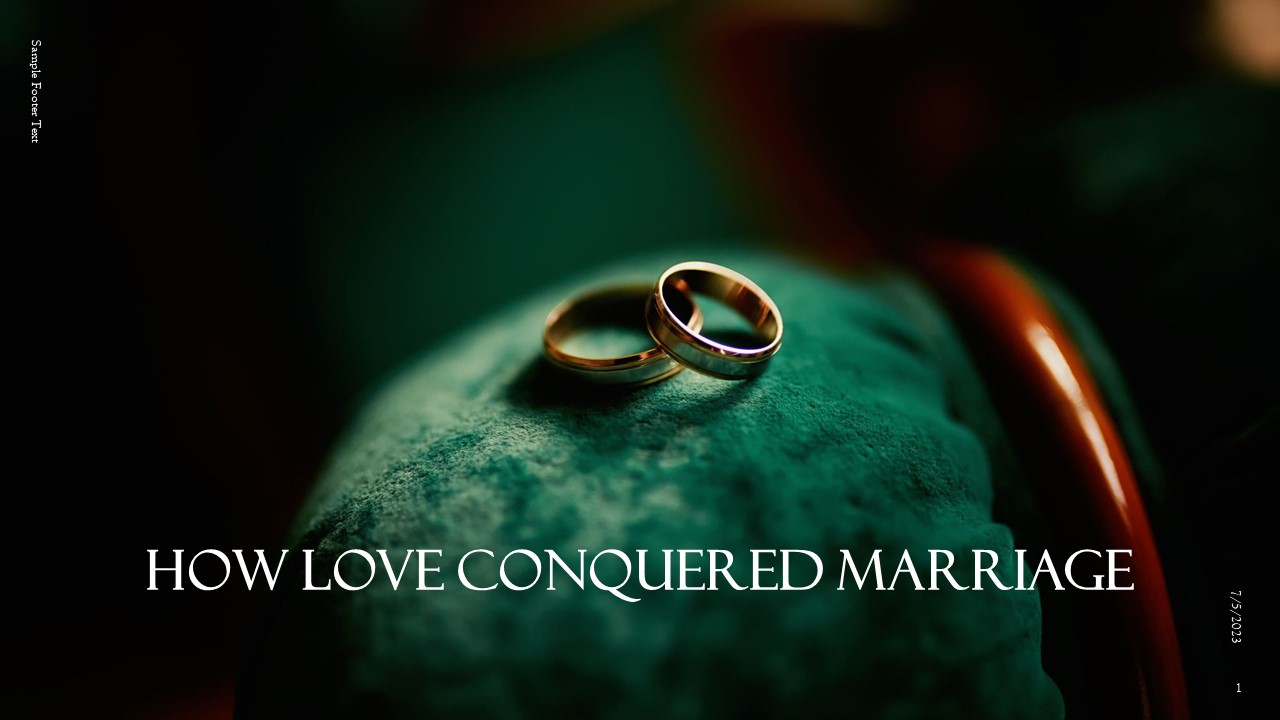Love and marriage have, for centuries, been separate realms of human existence. Love was for aesthetic exploration, observational enjoyment, and entertainment, while marriage was the condition of social life. Kings, queens, and aristocracies of the past could sometimes afford to marry those they loved, unless other social obligations restrained their desires. Commoners were more preoccupied with their daily labor and subsistence needs. The commoners often did not have much spare time to entertain the idea of love for marriage. They needed to marry to survive, both economically and socially, and to raise their offspring.
Love as a romantic literary idea
The idea of romantic love has been cherished in novels, poetry, and music for centuries and across many cultures. People entertained themselves with such amorous dreams as idealistic phantasies created by the romantic literature of the past. However, the idea of romantic love was alien to the idea of marriage for a long time. Romantic stories in novels, poems, dramas, tragedies, and folklore tales were enjoyed by people from both the Western and Eastern worlds, as well as people from other territories (Karandashev, 2017; Jankowiak et al., 1992, 1995). However, marriage was not for love, but for life. So, matrimonial unions have been largely arranged marriages all over the world.
Social Realities Resisted the Ideas of Love.
In history, early attempts to marry for love were dramatic but mostly tragic, like in Shakespeare’s story of Romeo and Juliette. For practical reasons, the collectivistic cultures of Western societies in those times were organized around family, kin, and clan interests. The interests of individuals were mostly ignored if they contradicted the interests of the family.
Love was mostly for the entertainment of affluent people of high social classes who had leisure time to write, read, and watch plays. Not many dared marry for love. They understood that real social life could not afford them this luxury. It was largely true for both noble and affluent people and commoners.
The Advent of Modern Individualistic Societies
Nevertheless, those times, with the industrial revolution, increased geographical, economic, and social mobility, and the urbanization of the population, caused the development of individualistic cultures. These ecological, economic, and social factors precipitated the individualistic organization of societies that gradually transformed from their former collectivistic organization. These individualistic socioeconomic conditions of living make love marriages more ecologically, economically, and socially affordable. However, these conditions were affordable for some but not for all socioeconomic classes (Karandashev, 2017, 2019).
The development of modern, speedier transportation has increased ecological and geographic mobility in some social groups and strata of the population. People had more opportunities and choices for mate partners outside of their local endogamous community. The diversity of their marriage pools expanded, thus giving them more chances to find someone to whom they are attracted beyond their neighborhood and local residential area.
The Evolution of Individualistic Cultures Is Conducive to Loving marriages.
Only in the modern times of the 18th to 20th centuries did the idea of love for marriage and in marriage emerge in some Western cultures. Some men and women dared to overcome social limitations and marry their soul mates, to whom they were romantically attracted. Passionate love was involved in courting. At that time, romantic love was a difficult venture in life with limited economic and social resources. Some succeeded, while others did not. Later on, in the Western world, love marriages became more common and widespread. However, until the 20th century, they were still infrequent (Coontz, 2005; Karandashev, 2017; Singer, 1987).
In the 20th century, even further increased geographical, economic, and social mobility of the population and urbanization occurred in industrial societies. These socioeconomic conditions extended people’s affordances. These new opportunities provided more independence from family influence in mating choices and processes. “Dating” appeared as a new form of courtship. “Dating” provided greater opportunities for men and women to mingle, interact, and dance in public gatherings. Rather than their families, men and women took control of courting.
Gradual Social Acceptance of Love in marriage
Romantic love was accepted as a possible reason for marriage in economically and socially advanced Western countries. People from the middle and upper socio-economic classes recognized interpersonal attraction, free choice of partners, and love as the prerequisites for marital decision-making (Karandashev, 2017).
This cultural trend became especially apparent in many societies in the second half of the 20th century. Studies conducted in more than 30 countries in various geographic, ethnic, religious, and cultural groups revealed that men and women in those societies viewed mutual attraction and love as the most desirable qualities of potential mate relationships (Buss, 1994; Buss et al., 1990; Buss et al., 2001).
Thus, by the middle of the 20th century, love had conquered marriage in many Western countries.
In the following decades, this trend continued in many traditional collectivistic countries, such as India and Jordan, with old customs of arranged marriages (Kamble, Shackelford, Pham, & Buss, 2014; Khallad, 2005). Young men and women in socially modernizing societies choose attraction and love as prerequisites for marriage more than ever before.
